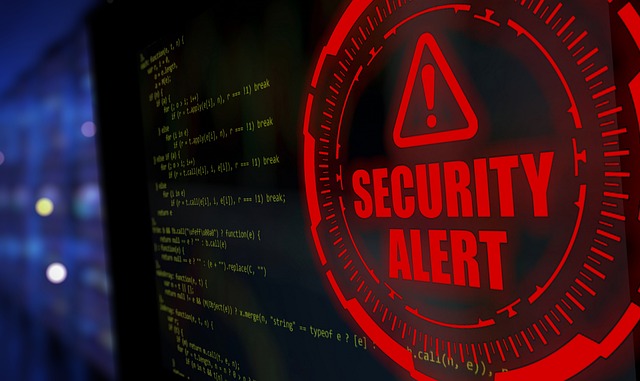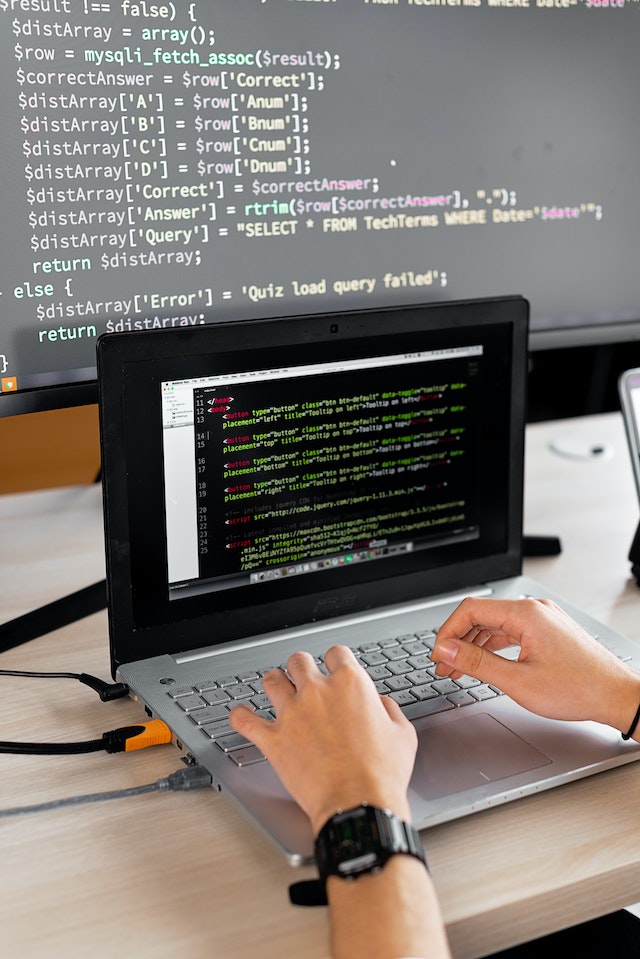Side-channel attacks are a type of cyberattack that take advantage of weaknesses in computer systems or devices that are not typically considered security risks. These attacks exploit vulnerabilities in the physical implementation of a system, rather than the software or code itself, to extract sensitive information or gain unauthorized access to a system.
Side-channel attacks can take many forms, but they typically involve the measurement of subtle variations in power consumption, electromagnetic radiation, or other physical properties of a device. For example, an attacker might analyze the electromagnetic emissions of a computer system to learn about the cryptographic keys being used to encrypt data.
One of the most well-known examples of a side-channel attack is the “timing attack,” which takes advantage of the time it takes for a system to process certain operations. By measuring the time it takes for a system to perform a certain operation, an attacker can infer information about the system’s internal state, including cryptographic keys or other sensitive data.
Other types of side-channel attacks include “power analysis attacks,” which use variations in a device’s power consumption to infer information about its internal state, and “acoustic attacks,” which use sound waves to monitor a device’s behavior.
Protecting against side-channel attacks can be challenging, as they often exploit vulnerabilities that are difficult to detect or fix. However, there are a few steps that organizations can take to mitigate the risk of these types of attacks.
First, it’s important to implement strong physical security measures to protect against unauthorized access to devices. This might include locking down server rooms, using secure hardware components, and limiting physical access to sensitive devices.
Additionally, organizations can take steps to reduce the amount of information that is leaked through side channels. This might involve using randomized algorithms or adding noise to power consumption or electromagnetic emissions to make it more difficult for attackers to infer information.
Finally, it’s important to stay up-to-date with the latest security research and best practices for protecting against side-channel attacks. By staying informed about emerging threats and vulnerabilities, organizations can take proactive steps to protect their systems and data from harm.
In conclusion, side-channel attacks are a complex and ever-evolving threat to computer systems and devices. While there is no foolproof way to protect against these attacks, organizations can take steps to mitigate the risk and minimize the potential damage. By implementing strong physical security measures, reducing information leakage, and staying informed about emerging threats, organizations can stay one step ahead of attackers and keep their systems and data safe.



